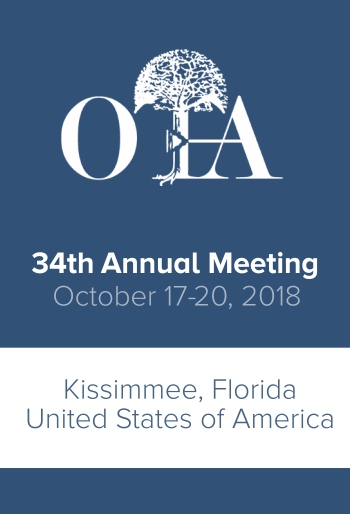
OTA2018: Improved surgical results, similar patient outcome with short vs long nail for hip Frx .
Short Versus Long Cephalomedullary Nailing of Pertrochanteric Hip Fractures: A Randomized Prospective Study
220 patients with a pertrochanteric fracture and scheduled for cephalomedullary nail fixation were randomized to receive either a short or long cephalomedullary nail. Primary outcome of interest was patient reported outcome at 3 months postoperatively on the SF-36 and Harris Hip Score measures. Secondary outcomes included incidence of complications and reoperation, and perioperative parameters (operative time, blood loss, length of stay). Results demonstrated a nonsignificant difference between groups in SF-36 scores, and statistically-significant-but-not-clinically-relevant difference in HHS. Perioperative parameters all favoured the short nail group, while incidences of complications and reoperations did not significantly differ between groups.
Unlock the Full ACE Report
You have access to 4 more FREE articles this month.
Click below to unlock and view this ACE Reports
Unlock Now
Critical appraisals of the latest, high-impact randomized controlled trials and systematic reviews in orthopaedics
Access to OrthoEvidence podcast content, including collaborations with the Journal of Bone and Joint Surgery, interviews with internationally recognized surgeons, and roundtable discussions on orthopaedic news and topics
Subscription to The Pulse, a twice-weekly evidence-based newsletter designed to help you make better clinical decisions
Exclusive access to original content articles, including in-house systematic reviews, and articles on health research methods and hot orthopaedic topics































































